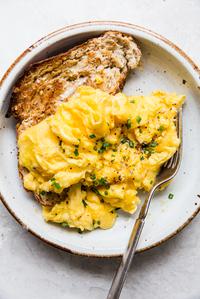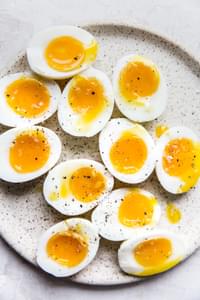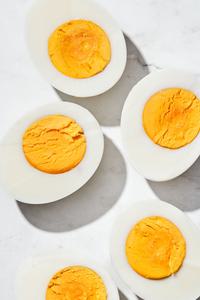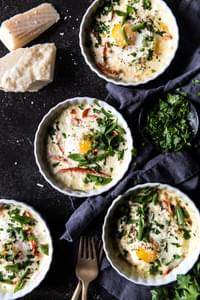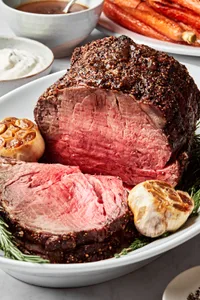Soft-Scrambled Eggs, Please.
Ideally served with a big slab of toasted bread and some good, flaky sea salt or piled in a breakfast taco. If you like your scrambled eggs hard and rubbery, we’re OK with that (kind of), but this recipe probably isn’t for you. This scrambled egg recipe yields the creamiest, fluffiest, most silky eggs your kitchen has ever seen. And while you can add stuff to it—Parmesan, cream cheese, hot sauce, fresh herbs—these soft-scrambled eggs stand alone, as-is, as a stunning testament to the levels of greatness that can be achieved when the simplest of ingredients are paired with just a little bit of culinary technique. And if you just want easy, quick and delicious, try our Avocado, Chèvre and Bacon Omelette!
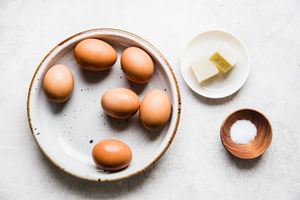
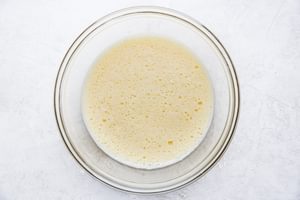
We’re Card-Carrying Members Of the “Scrambled Eggs Without Milk” Club. Won’t You Join Us?
You’ve probably stumbled across a scrambled egg recipe or two in your day that called for the addition of whole milk, half-and-half or even heavy cream. And while we won’t tell you that adding milk does nothing for eggs—it can make them moister and creamier—if you’ve got the right technique, milk isn’t necessary. In fact, adding milk or cream can be a bit of a wild card. To get nerdy for a moment, adding milk or cream adds fat—yay, fat makes things moist and creamy—but it also adds water. If you overcook eggs with milk or cream added, even just a little bit, that water can separate out and you’ll wind up with weirdly watery, rubbery curds instead of the creamy-fluffy pile of cohesive eggy goodness you were going for. So! To make our soft scrambled egg recipe as fool-proof as possible, only three ingredients will go into your non-stick skillet:
- Eggs
- Butter
- Salt
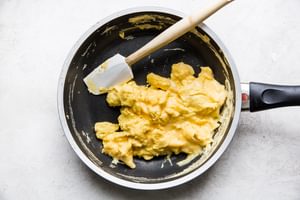
And The Secret to Perfect Scrambled Eggs Is....
Well, there are few secrets, actually! The best scrambled eggs don’t happen by accident, but they’re not hard to make, as long as you follow a few scrambled egg rules:
- Salt before heat. Salt your eggs before you even whisk them. Salt causes eggs to coagulate (i.e. thicken) at a lower temperature, which, counterintuitively, results in a more tender egg. This has to do with the negative electrical charge that egg proteins carry and honestly we’re not going to get into it any more than that because it gets even nerdier. If you really want to know ALL about it, you should just get Harold McGee’s food science classic “On Food and Cooking”.
- Low heat makes for tender eggs. Low and slow is the secret to perfect scrambled eggs.
- Stir immediately, and constantly. You want to begin moving the whisked eggs the second they encounter the hot pan—it’ll make or break your eggs.
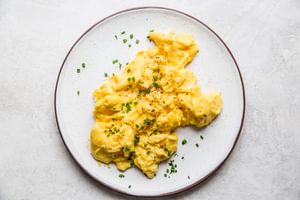
How To Make Scrambled Eggs
OK, now that we’ve made it all sound very scientific and complex, we’re going to tell you that making the best scrambled eggs ever is really easy. But it truly is! Take a deep breath, and let us walk you through it, step-by-step.
- Whisk your eggs with the salt until they’re well-mixed and uniform. Count on about two eggs per person, so this scrambled egg recipe (which calls for six eggs) serves about three people.
- Warm butter in a skillet set to medium-low heat. Once it’s juuuuust beginning to bubble, pour the eggs in.
- Stir! Right away! With a rubber or silicone spatula. Stir and keep stirring. Use your risotto elbow and just power through!
- Done! After about two minutes, pull it from the heat. The soft-scrambled eggs will continue to cook in the pan even after you pull it from the heat, so move them to a bowl or plate as quickly as you can.
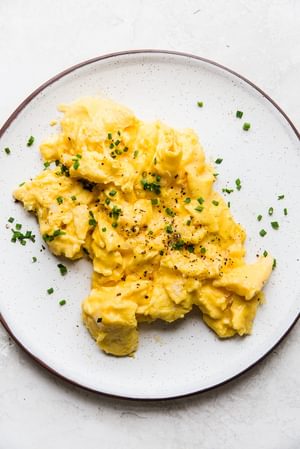
Tools You’ll Need:
Even More Egg Recipe Perfection.
Basics, classics, and everything in between, TMP is pretty much your egg recipe treasure chest:
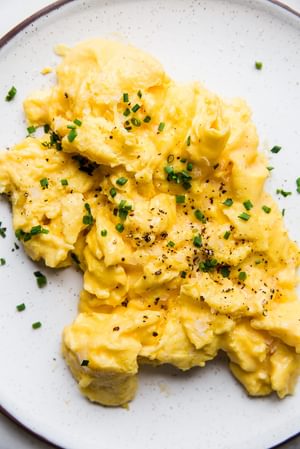
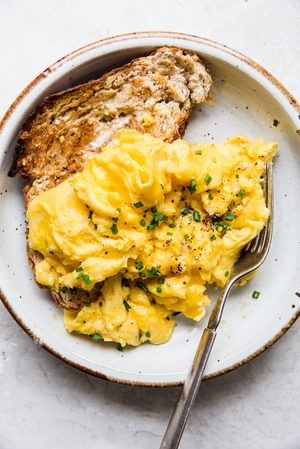
Show Us Your Stuff!
Hey, you soft-scrambling kitchen wiz! Show us your perfect soft-scrambled eggs! Share a photo and tag us on Instagram using @themodernproper and #themodernproper so that we can see your impressive handiwork. Happy eating!
